Hydraulic systems are essential to the operation of heavy machinery such as excavators, backhoes, loaders, and bulldozers. At the core of these systems are hydraulic cylinders, which rely on properly functioning seals to maintain pressure, prevent leaks, and ensure efficient power transmission. When seals begin to wear, degrade, or fail, it can result in expensive downtime, compromised equipment performance, and even system failure.
This is where the importance of a Hydraulic Cylinder Seal Kit comes into play. Choosing the right kit can dramatically improve the longevity and performance of your equipment. In this guide, we’ll explore the key factors to consider when selecting the best hydraulic cylinder seal kit, the consequences of using the wrong one, and how to ensure compatibility and reliability across various applications.
What Is a Hydraulic Cylinder Seal Kit?
A hydraulic cylinder seal kit is a collection of seals and rings used to rebuild or repair a hydraulic cylinder. Each seal plays a unique role in ensuring that the hydraulic system operates smoothly by:
-
Containing high-pressure fluids
-
Preventing external contaminants from entering
-
Minimizing friction between moving parts
-
Supporting load-bearing components
A typical seal kit may include:
-
Rod seals – Prevent fluid from escaping the cylinder along the rod
-
Piston seals – Maintain internal pressure and separate fluid chambers
-
Wiper seals – Clean dirt from the rod as it retracts into the cylinder
-
O-rings – Provide static sealing in various cylinder sections
-
Wear rings (guide rings) – Maintain proper alignment between moving parts
Why the Right Seal Kit Matters
Hydraulic seals operate in high-pressure, high-temperature environments. Choosing an incorrect or poor-quality seal kit can have serious implications:
1. Equipment Downtime
A leaking or failed seal can force you to stop operations, costing both time and money. A properly selected and fitted seal kit minimizes downtime and prolongs maintenance intervals.
2. Fluid Contamination
Incorrect seals may not effectively exclude dust, dirt, or moisture, which can enter the hydraulic system, degrade fluid quality, and damage internal components.
3. Loss of Performance
Worn or mismatched seals result in internal leakage, reduced pressure, and sluggish equipment response—directly affecting productivity and operator safety.
4. Long-Term Damage
Inadequate sealing causes cylinder scoring, rod wear, and premature failure of pumps and valves. Quality seals preserve the integrity of the entire hydraulic system.
Key Factors in Choosing the Best Hydraulic Cylinder Seal Kit
1. Identify the Correct Cylinder Type and Manufacturer
Before selecting a kit, determine:
-
Equipment brand and model (e.g., CAT, Komatsu, Volvo)
-
Cylinder type (boom, arm, bucket, steering, tilt)
-
Part number or seal kit code (from the service manual or OEM)
Kits must match exact dimensions and design specifications. Don’t assume interchangeability across brands or cylinder types.
2. Verify Seal Material Compatibility
Hydraulic seals are made from various materials tailored for specific working conditions. Consider:
| Material | Properties | Best Use |
|---|---|---|
| Nitrile (NBR) | Resistant to oil, fuel, water; good flexibility | General purpose, moderate pressure systems |
| Polyurethane | High wear resistance, good elasticity | Dynamic seals in high-pressure applications |
| Viton (FKM) | Heat and chemical resistance | High-temperature and corrosive environments |
| PTFE (Teflon) | Low friction, chemically inert | High-speed or low-lubrication environments |
| EPDM | Good for water-based fluids; poor oil resistance | Specialty applications |
Selecting the right material ensures longer life, better sealing, and reduced risk of failure.
3. Match Operating Pressure and Temperature Ranges
Always choose a seal kit rated for your system’s specific:
-
Operating pressure (PSI or bar)
-
Operating temperature range
-
Stroke speed and frequency
Seals that are not rated for your system may harden, crack, extrude, or deform—leading to failure.
4. Consider Environmental Factors
Your equipment’s working environment greatly impacts seal performance. Take note of:
-
Outdoor exposure (UV, ozone)
-
Dusty or abrasive conditions
-
Chemical or salt exposure
-
Extreme cold or heat
For example, a wiper seal with poor abrasion resistance in a quarry setting will degrade quickly and allow contaminants into the cylinder.
5. Ensure Kit Completeness and Quality
Choose kits that include all required seals, rings, and components for a full rebuild. A complete seal kit prevents the need to reuse worn parts or make unplanned purchases mid-repair.
Also, ensure the components are manufactured to OEM specifications. Look for suppliers or brands that guarantee quality and precision—such as those offered by CT Parts, a trusted source of hydraulic replacement parts.
OEM vs. Aftermarket Seal Kits: What’s Best?
While OEM seal kits are reliable and precisely engineered for specific models, high-quality aftermarket kits offer comparable performance at a reduced cost provided they meet OEM specifications.
Advantages of aftermarket kits from trusted suppliers include:
-
Cost savings
-
Wide availability
-
Consistent quality
-
Technical support
CT Parts, for example, provides premium aftermarket hydraulic cylinder seal kits compatible with many leading brands, giving you both value and performance.
Installation Tips for Longevity
Even the best seal kit will underperform if installed improperly. Follow these tips for optimal results:
-
Clean all components – Remove dirt, rust, and old seal debris.
-
Inspect rod and cylinder – Look for pitting, scoring, or deformation.
-
Lubricate seals – Use the same type of hydraulic fluid during assembly.
-
Use proper tools – Avoid sharp objects that may damage seals.
-
Install seals in the correct sequence – Refer to service manual diagrams.
-
Test the system gradually – Start with low pressure and monitor for leaks.
When Should You Replace a Seal Kit?
Signs it’s time to replace your hydraulic cylinder seal kit include:
-
Visible external fluid leaks
-
Rod drift or loss of position control
-
Reduced lifting or pushing force
-
Increased cycle times or sluggish motion
-
Noisy cylinder operation
-
Fluid contamination
It’s advisable to inspect seals during routine service and replace kits before complete failure occurs to avoid costlier damage.
Where to Source the Best Seal Kits
Choosing the best hydraulic cylinder seal kit requires a reliable supplier that understands your machine and application. A good supplier should offer:
-
OEM part number matching
-
Technical support for selection
-
High-quality materials and engineering
-
Prompt delivery and competitive pricing
CT Parts is a trusted name in the construction and heavy equipment parts industry, offering a wide selection of hydraulic cylinder seal kits that meet OEM standards and deliver long-lasting performance.
Conclusion
Hydraulic cylinder seal kits are small components with a massive impact. Selecting the right kit—matched by equipment type, operating conditions, and material compatibility ensures that your equipment runs efficiently, safely, and with minimal downtime.
Don’t take chances with generic seals or incomplete kits. Whether you’re servicing a single cylinder or managing a fleet of heavy equipment, choosing the right Hydraulic Cylinder Seal Kit is essential for protecting your investment and maintaining peak machine performance.
Partner with a trusted supplier like CT Parts to ensure you get the right kit, right on time.

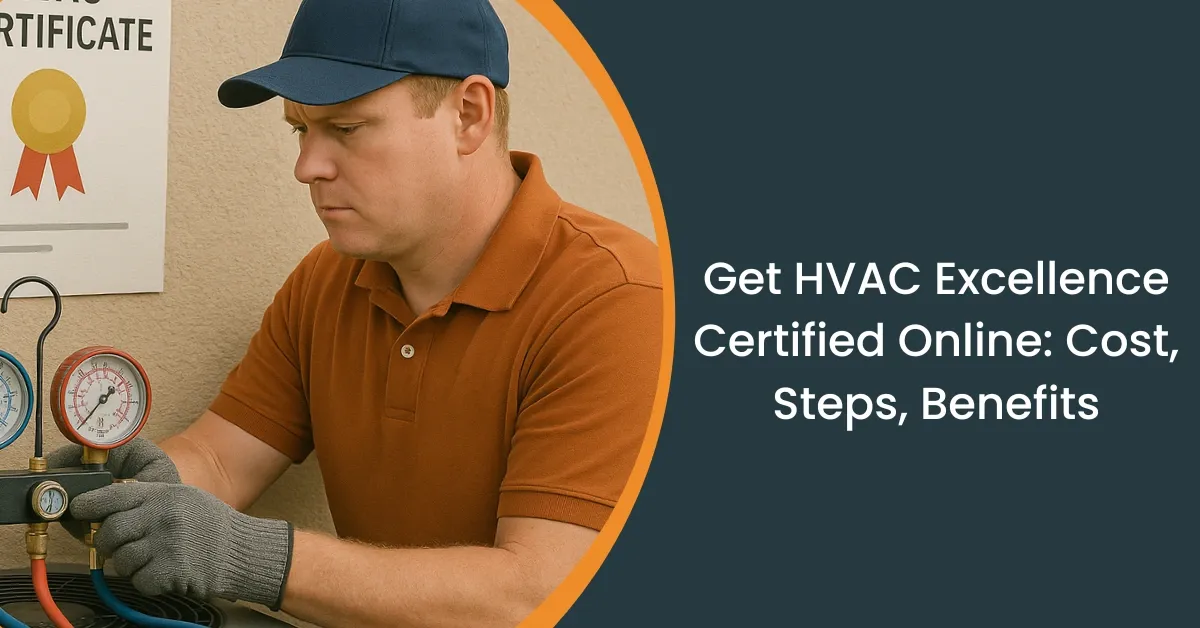
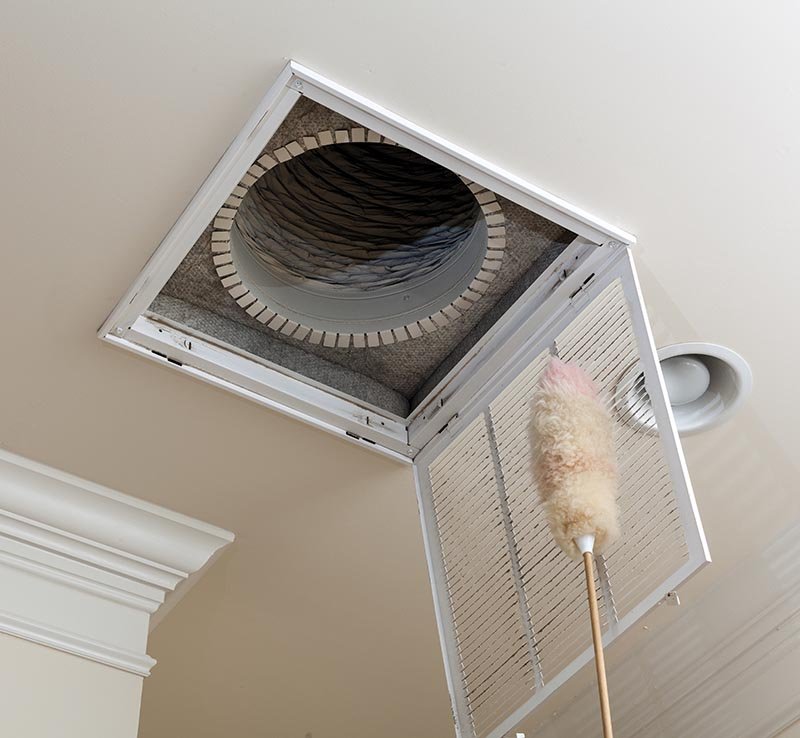

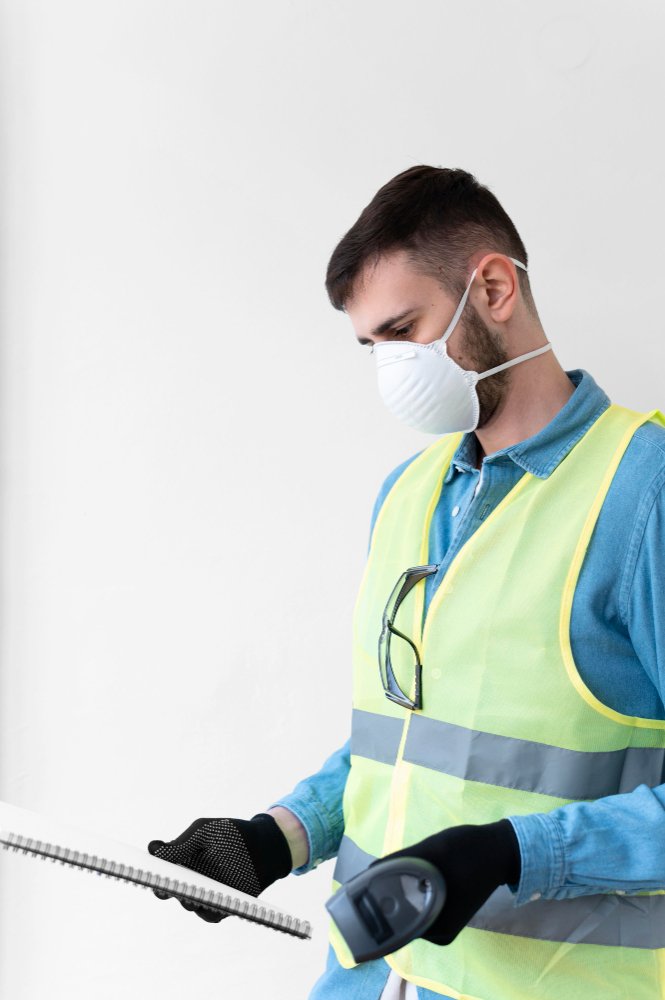
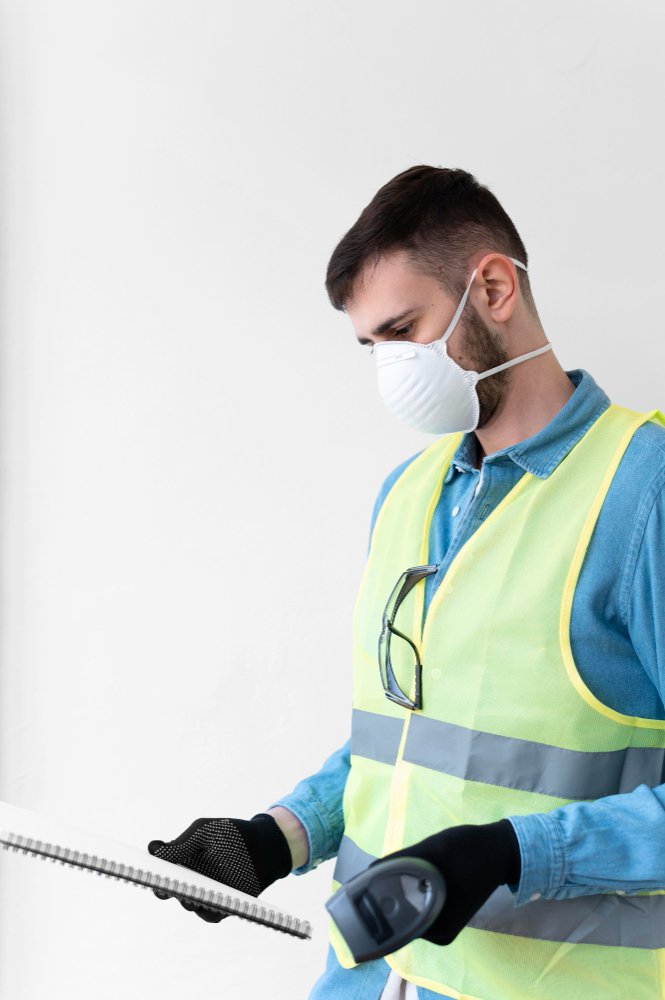



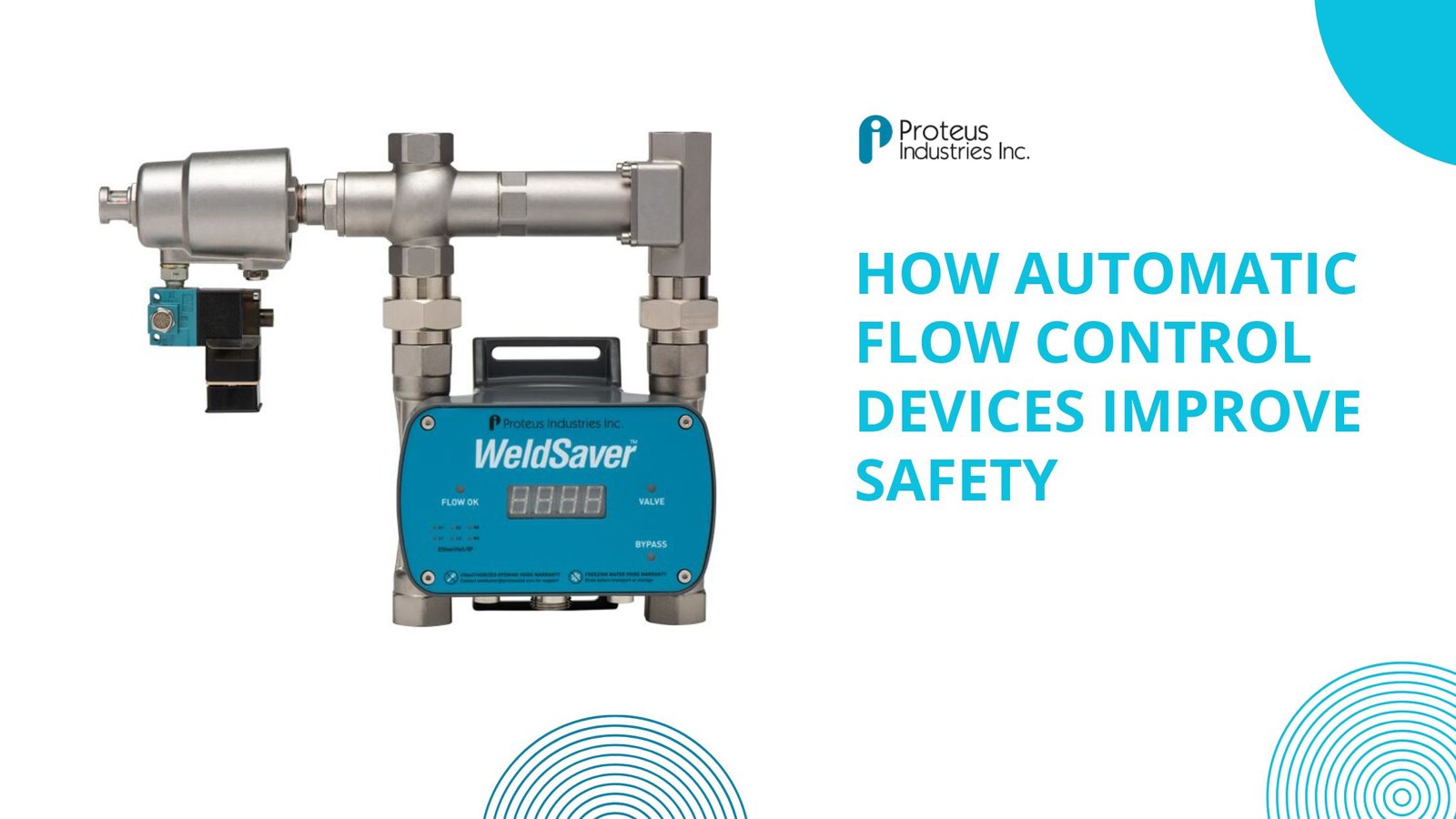




Leave a Reply